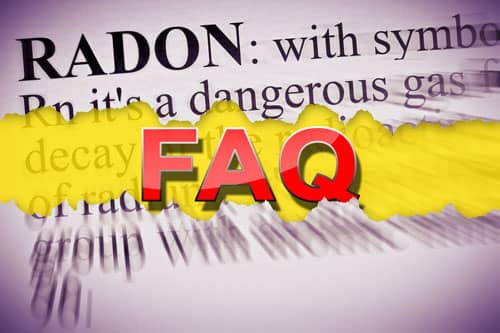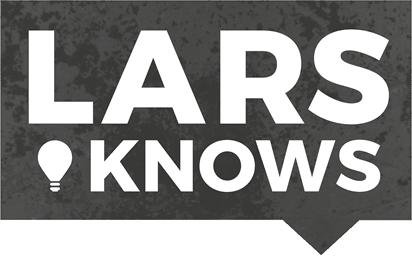
If you currently reside in Fargo, elevated radon levels throughout the state of North Dakota may have you wondering whether you should be taking action. You also may have questions about this gas and why it’s so dangerous.
Radon is a colorless, odorless radioactive gas that comes from the breakdown of uranium in soil, rock, and water. It can seep into buildings through holes and cracks in the foundation, and exposure to high levels of it can be extremely dangerous.
Long-term exposure to radon can cause health problems down the line, especially when it comes to the lungs. Radon is the second leading cause of lung cancer in the U.S., and it’s responsible for around 21,000 lung cancer deaths annually.
A curie is the standard measurement used to describe the intensity of radioactivity. A picocurie is equivalent to one trillionth of a single curie.
The ideal amount of radon in your home or business is none, but the Environmental Protection Agency (EPA) recommends that gas levels be reduced in buildings with radon levels of 4 pCi/L (picocuries per liter) or higher.
A radon mitigation system is made up of components designed to draw radon gas out of the home and back outdoors. There are numerous types of radon mitigation systems available, but the majority of them use some combination of vents, pipes, and fans to get the job done.
Radon can enter your home through small holes and cracks in the foundation. If you have a crawl space beneath the house, radon can also come from the soil located there.
In addition to lowering radon levels and the risk of lung disease, homeowners with radon mitigation systems have reported improved air quality following installation.
A radon mitigation system should be installed by an experienced professional in order to achieve the best results.
Although installing a radon mitigation system should significantly reduce the amount of radon in a building, no system is guaranteed to be 100% effective. For that reason, testing for elevated radon levels may still be advisable, especially in areas at greater risk.
If you have any questions about radon and radon mitigation that aren’t on this list, contact Nordic Radon Mitigation to learn more.


